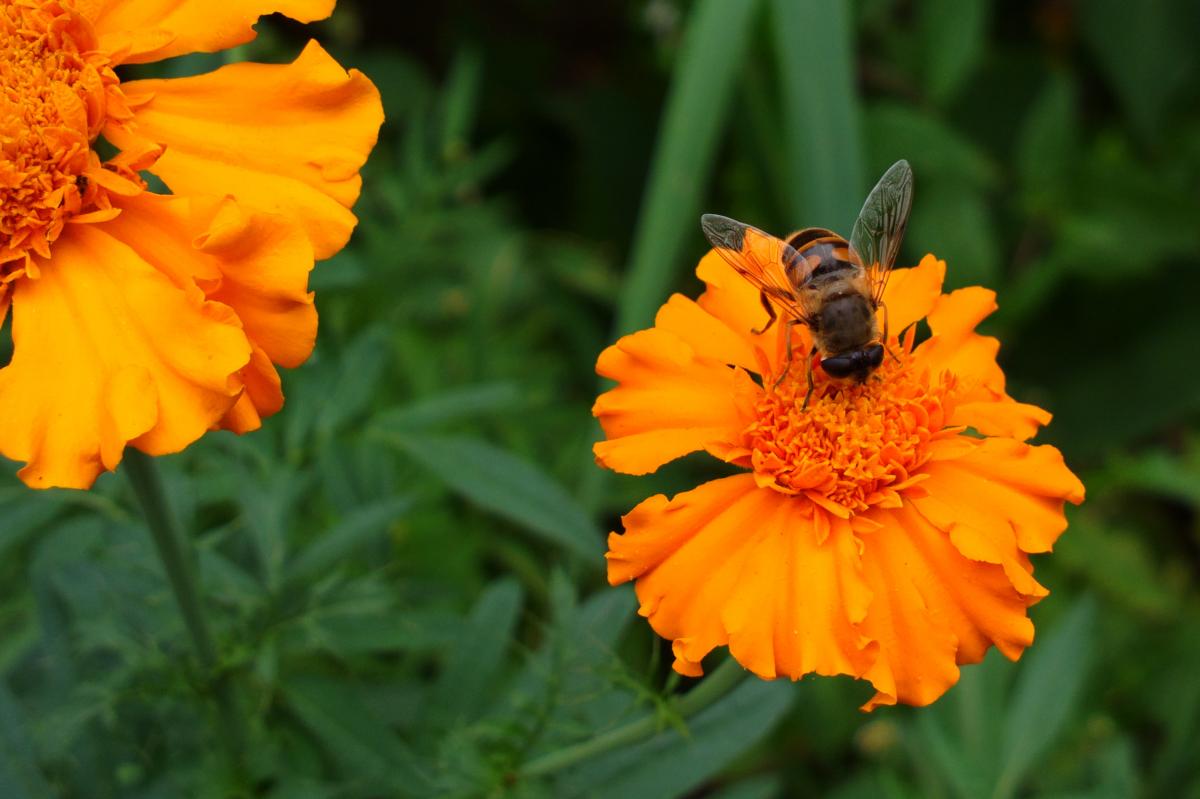D: This houseplant was supposed to flower within a few weeks of me buying it, but it’s been months now.
Y: Maybe you should bring it outside and let the bees go at it.
D: What would that do?
Y: Scientists think that bumblebees can speed up flowering in plants. They got the idea when doing a different experiment and noticing bumblebees using their mouths to pinch the leaves of plants that hadn’t flowered yet. So they set up a set of new experiments and field observations to see what was going on, and found that the damage done by the bees seems to stimulate the production of flowers. In their lab experiments, the researchers saw this effect most dramatically in tomato and mustard plants. Tomato plants damaged by bumblebees flowered up to 30 days earlier than plants that hadn’t experienced this kind of damage, and mustard plants flowered up to 14 days earlier.
D: What if I just pinched the leaves a little myself?
Y: It wouldn’t work as well. When the researchers tried to replicate what the bees were doing, they did see slightly earlier flowering times, but nothing nearly as dramatic as when bumblebees did the damage. It’s possible there’s some chemical involved.
D: You keep saying “bumblebees”—does that mean other bees don’t do this?
Y: So far, that’s all researchers have seen. Honeybees and other pollinating insects seem to just ignore plants that aren’t flowering because they don’t have any pollen. Bumblebees, on the other hand, won’t take no for an answer. If a plant hasn’t flowered, they’ll make it flower themselves.
D: And then savor the pollen of their labors.









